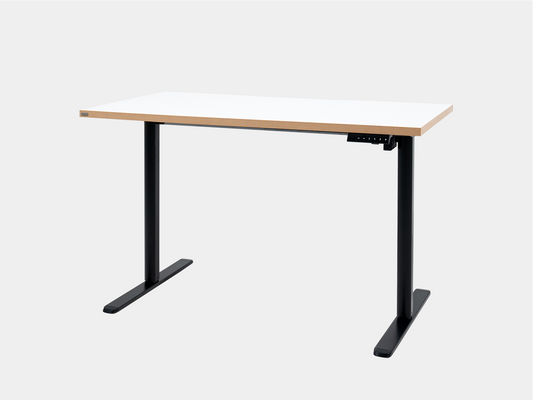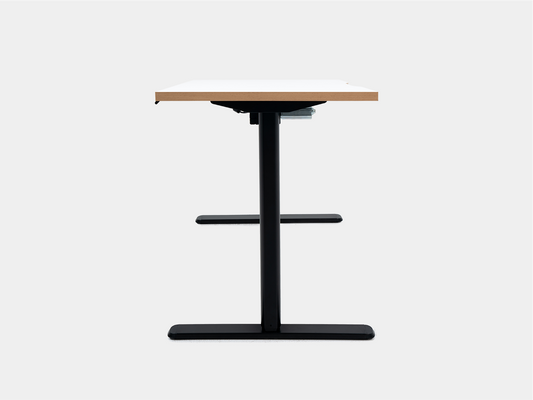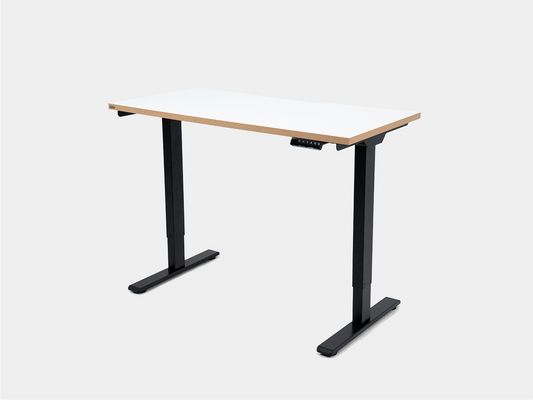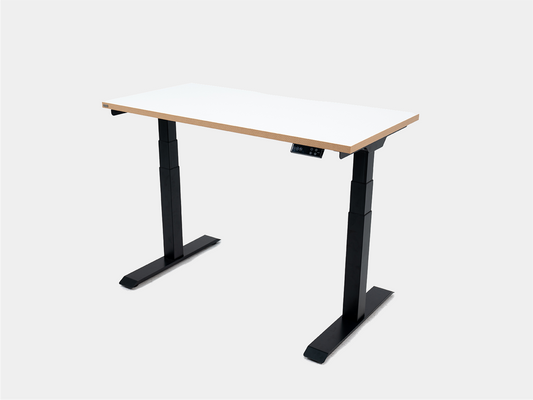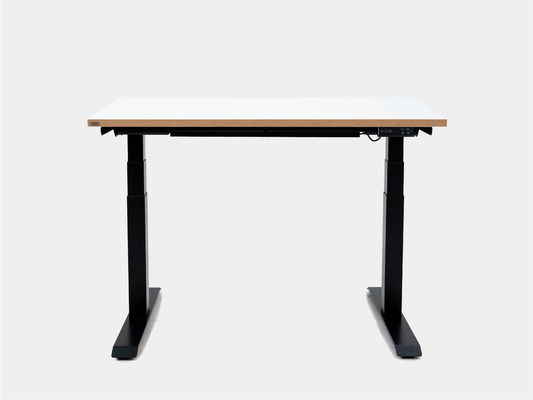Correct working posture not only helps protect health but is also an important factor to improve productivity and work efficiency. In the era of remote work and modern offices, maintaining a scientific working posture has become a top concern for many people.
Common Wrong Working Postures
-
Sitting hunched over and leaning forward is one of the most common incorrect working postures, increasing pressure on the cervical spine and causing neck and upper back pain.
-
Sitting with a slouched back and a forward tilt of the pelvis causes the spine to misalign, causing lower back pain, neck and shoulder pain, and can lead to long-term spinal deformities.
-
Tilting your neck and resting your head on the table can easily cause cervical spondylosis and pain in the neck and shoulder area.

Common wrong working postures among office workers
Serious effects of working in the wrong posture
Spinal and musculoskeletal deformities
Maintaining an incorrect working posture for a long time can have serious consequences for the spine. Sitting hunched over, hunchbacked or slanted significantly increases the risk of scoliosis, kyphosis and spondylolisthesis. These deformities not only affect appearance but also make daily movements difficult, significantly reducing quality of life.
Chronic pain and office diseases
Incorrect working posture puts great pressure on the muscle groups in the back, neck, and shoulders, leading to prolonged pain. This condition can progress to chronic diseases such as cervical spondylosis and ankylosing spondylitis, causing long-term effects on health.

Working in the wrong posture can easily lead to chronic office diseases.
Herniated disc and spinal degeneration
Increased pressure on the discs between the vertebrae due to poor posture can lead to disc herniation and spinal degeneration, especially in the lumbar and cervical regions. These are serious injuries that can have long-term effects on mobility.
Effects on blood circulation
Incorrect working posture not only affects the spine but also hinders blood circulation, negatively affecting organs such as the liver, kidneys, heart and stomach. This causes fatigue, reduces productivity and increases the risk of high blood pressure.
Applying ergonomic principles to improve working posture
With all these serious health risks, is there any solution to improve your working posture and health? Ergonomic principles are exactly what you are looking for with many practical benefits:
-
Reduce pain and fatigue in the neck, back, and wrists, and prevent common office diseases.
-
Increase concentration, improve morale, significantly improve performance and quality of work.
-
Reduce stress, increase creativity, improve quality of life and save on long-term health care costs.
Join Epione to learn about widely applied ergonomic principles to maintain effective working posture:
Maintain a comfortable posture
Ideal working posture includes sitting up straight, shoulders relaxed, and maintaining the natural curve of the spine. Place your feet flat on the floor, knees at right angles, and thighs parallel to the floor to ensure stability and comfort.

Correct and comfortable working posture
Adjust the table and chair height appropriately
The chair should provide good lumbar support and be height adjustable so that the legs do not hang or bend too much. The desk should be at the right height, avoiding the need to stretch or bend when working. You can also refer to Epione's guide to choosing the right height for your desk and chair to have the right posture.
Calibrate the working screen
Your eyes should be placed at the level of the upper third of the screen, 50–70 cm away from your eyes. Avoid bowing your head or tilting your neck when looking at the screen to reduce pressure on your neck and shoulders. A monitor stand can completely support you to adjust the height and angle of the screen easily at an extremely affordable cost.
 Easily adjust viewing angle with monitor stand
Easily adjust viewing angle with monitor stand
Use ergonomic accessories
Place your keyboard and mouse near the edge of your desk, within natural reach, to limit overreaching and keep your elbows and shoulders relaxed. Use a wrist rest or ergonomic mouse to reduce stress on your wrists.

Ergonomic Alice layout on some mechanical keyboards
Change positions frequently
Change your working posture regularly, stand up and move around, and do light stretching exercises every 45–60 minutes of work. This helps reduce static fatigue and maintain body flexibility.
You can refer to Epione's on-site neck and shoulder relaxation exercises.
Optimize workspace
Keep everything you need within easy reach, avoiding having to stretch or twist constantly. Make sure your legs and arms have enough room to move freely.
Proper working posture is not only a health protection factor but also the foundation for building sustainable and effective working habits. Investing time and effort to improve your working posture will bring long-term benefits to both your health and your career. You can also refer to tips on applying ergonomics in setup here .




